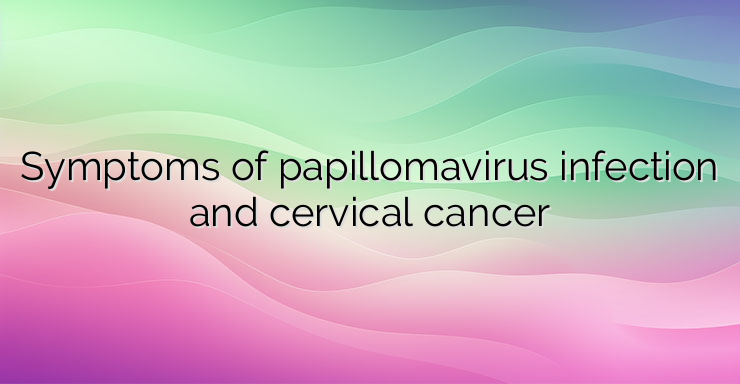It is now widely known that some strains of the human papilloma virus cause the development of cervical cancer. That is why it is important for women to recognize the symptoms of infection, including in their partner. The most recognizable sign is the presence of warts. However, not all strains of the human papilloma virus lead to this visible scar. Infection with the human papilloma virus is unrecognizable and does not lead to the appearance of symptoms in the majority of cases. Data from the US National Institute of Allergy and Infectious Diseases show that only half of infected women and even fewer men report having symptoms of human papillomavirus (HPV) infection. Strains 16, 18, as well as 33 and 35, form small, thin, grain-like warts at the site of infection. The formations are 1 millimeter in size. However, during the development of the infection, the papillae cluster in one place in one formation, similar to a cauliflower branch, which reaches several centimeters in diameter. Strains 6 and 11, which are more common on the skin and mucous membranes of the groin, also form cauliflower-like formations. They are located on the genitals and around the anus. The highest risk for cervical cancer are the strains 16, 18, 45, 31 and 33. According to Associate Professor Nikola Vasilev, they cause about 82% of all cases of cervical cancer worldwide, and for Bulgaria – nearly 97%. The prevalence of HPV is wide precisely because of the lack of complaints and signs of the infection. Therefore, when the carrier is known, it is important when contacting a new partner that this information is shared and the necessary measures are taken to prevent its transmission. The infection is transmitted from one partner to the other even in the case of recent infection or absence of complaints. Signs of infection usually develop a few weeks to three months after intercourse. In women, the formations caused by the human papilloma virus appear on: the labia majora and near the entrance to the vagina outside and inside, the cervix, the vulva in general and around the anus. In men – on the scrotum, around the anus, on the head of the penis, on the edge under the skin, as well as on the surface of the skin in general. Warts may also spread to the flanks or upper thighs. Infected skin areas do not cause pain, but itching is possible. With a larger size, there is sometimes discharge and even slight bleeding during sexual intercourse. The skin areas are usually moist and discolored, from whitish to pink, gray, or brown. NEWS_MORE_BOX Unfortunately, the symptoms of cervical cancer do not differ until the disease becomes aggressive. Cancer cells cover the surface of the cervix, penetrating deeper and deeper into the adjacent tissues. The most common symptoms are: the presence of non-periodic vaginal bleeding, vaginal discharge that emits a non-specific unpleasant odor or an admixture of blood, pain in the pelvis or lower back, bladder obstruction,difficulty in defecation, swelling of the leg when the cancer develops in the pelvis – it occurs because the formation presses on the blood vessels and obstructs the lymphatic drainage. Bleeding is a common symptom of cervical cancer. Appears after sex or between periods. It also occurs in postmenopausal women, which means that bleeding in them is a serious signal to visit a gynecologist for an urgent examination. Sometimes the bleeding looks like a blood-tinged vaginal discharge, but in other cases it can be mistaken for menstruation. Basically, the causes of vaginal bleeding are numerous, but all of them require a doctor’s examination and therapy without delay due to the high risk of worsening the health problem.


Leave a Reply